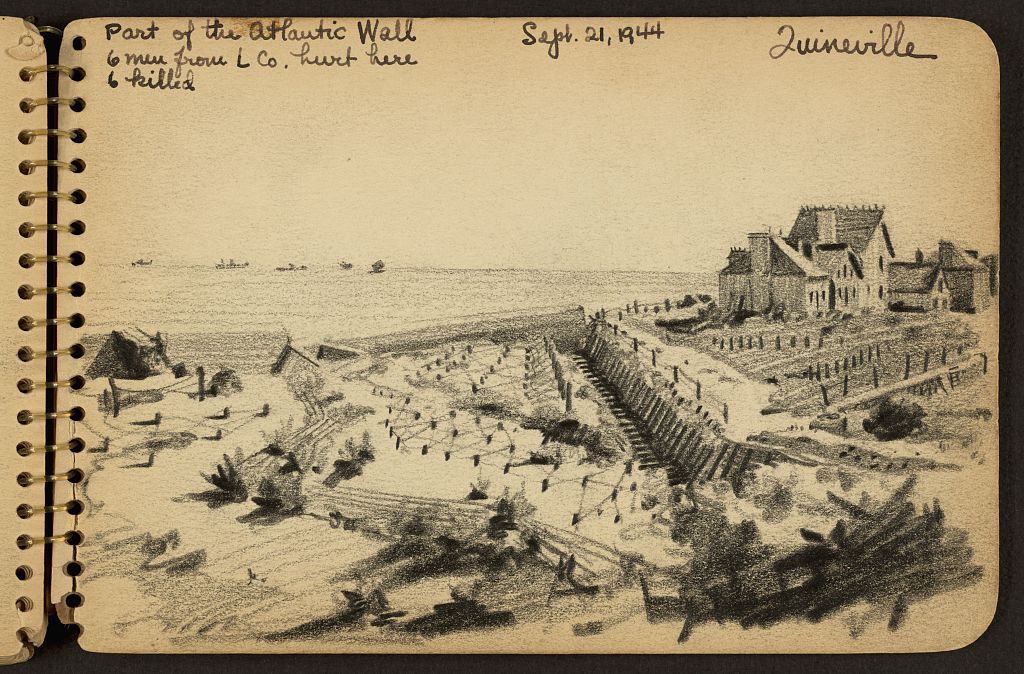Hitler’s Atlantic Wall

As early as December 1941, Nazi leader Adolph Hitler ordered that plans be drawn up for the construction of an Atlantic Wall, which would ultimately set off a monumental effort to create defensive fortifications along the entirety of the west coast of Europe.
Work began in the spring of 1942, and by April of the following year, almost a quarter-million conscripted French laborers were at work building massive coastal fortifications, batteries, mortars and defensive masonry walls capable of stopping or at least slowing a mechanized invasion from the sea.
How Long Was the Atlantic Wall?
From the tip of Norway to the Spanish border, every beach along nearly 2,000 miles of coastline was to be made impassible.
Naval guns were housed in what the Nazis believed to be indestructible bunkers, while behind the Atlantic wall, tracks were laid for railway guns capable of hurling shells as far away as England.
In the Fall of 1943, Hitler became even more convinced that an Allied invasion along the Atlantic coast of Europe would soon become an inevitable reality. Known as The Desert Fox, Hitler ordered Rommel to undertake an inspection of the Atlantic Wall defenses and to prepare for what Hitler believed would be a decisive engagement between Allied and German forces.
Believing also that the invasion would be launched across the Straits of Dover against the Pas-de-Calais, Hitler ordered this sector to be given priority over other sectors of the Atlantic Wall construction project. But by mid-1944, while fortifications in and around the Pas-de-Calais region were deemed completed, other sectors were far from ready for an impending Allied invasion, particularly in and around Normandy France.
Lacking Atlantic Wall Leads to D-Day Invasion
As a result of this defensive frailty, on June the 6th, 1944, the Allied invasion of Normandy took place at five beachheads known as Omaha, Juno Utah, Gold and Sword.
Supported by 6,939 naval warships and landing craft, around 156,000 Allied soldiers and paratroopers landed on D-Day, while a total of 1.5 million Allied troops would flood into Europe via the Normandy beachheads by the end of the week.
10,500 Allied troops would be killed, wounded, missing or made a prisoner of war by the end of the first day, while the Germans would suffer a nearly equal number of casualties. Ten months later, Allied troops would storm the Nazi capital of Berlin, ending six years of bloodshed that cost the lives of 75 million people.
